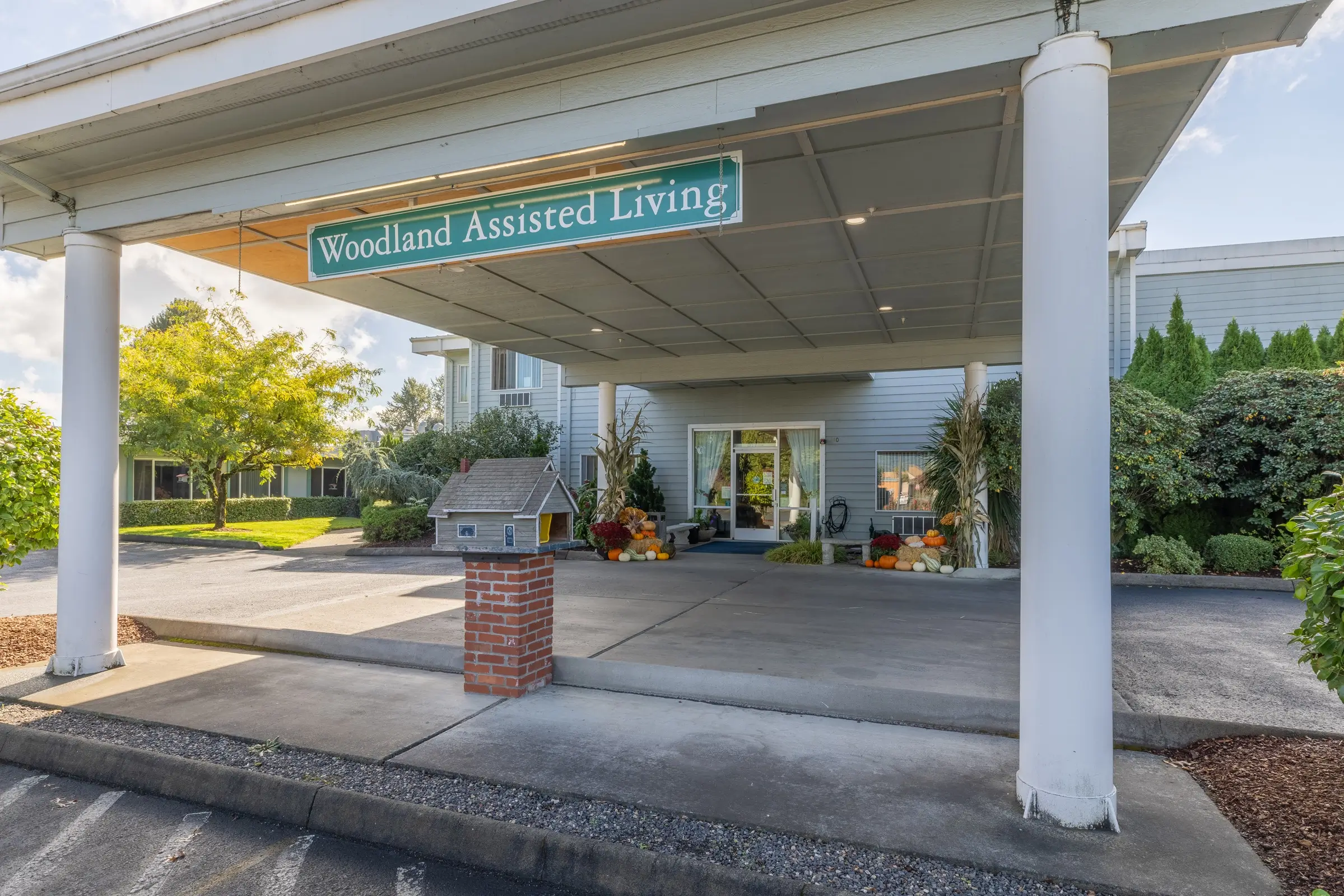Learn more about each level of care offered at Woodland Care Center!
Care options include:
Short-Term Care (Rehab)
As its name suggests, short-term care is temporary medical aftercare following a surgery, injury, illness, or other medical condition that is expected to improve. Services typically last several weeks or a few months, or sometimes longer depending on the severity of the condition being treated.
Long-Term Care
The most common type of long-term care is personal care—help with everyday activities, also called “activities of daily living.” These activities include bathing, dressing, grooming, using the toilet, eating, and moving around—for example, getting out of bed and into a chair. Long-term care also includes community services such as meals and transportation services. People often need long-term care when they have a serious, ongoing health condition or disability. The need for long-term care can arise suddenly, such as after a heart attack or stroke. Most often, however, it develops gradually, as people get older and frailer or as an illness or disability gets worse.
Respite Care
This allows for people to take a short break from their duties as a caregiver. It can be arranged for a period of two weeks to thirty days. Care is provided at a healthcare facility. Most STC/LTC facilities offer respite care.
Memory Care
Memory care is designed to provide a safe, structured environment with set routines to lower stress for people with Alzheimer’s or dementia. Employees provide meals and help residents with personal care tasks, just like the staff at an assisted living facility, but they are also specially trained to deal with the unique issues that often arise as a result of dementia or Alzheimer’s. They check in with residents more frequently and provide extra structure and support to help them navigate their day.
Independent Living
In an independent living community, residents maintain their independence, living in a private home, apartment or suite, coming and going as they please and making the choices that are right for them. Sometimes known as retirement homes or 55 and over apartments, these communities do not offer health or nursing care or assistance with activities of daily living such as bathing, dressing and medication management.
Assisted Living
Assisted living is for people who can live independently but need help with cooking, cleaning and other routine activities like getting dressed, taking medications or using the restroom. But these seniors usually only require minimal assistance or may not need help every time.
Hospice Care
Hospice is an approach to care, so it is not tied to a specific place. It can be offered in two types of settings; at home or in a facility such as a nursing home, hospital, or even in a separate hospice center. Hospice care brings together a team of people with special skills. Among them are nurses, doctors, social workers, spiritual advisors, and trained volunteers. Everyone works together with the person who is dying, the caregiver, and/or the family to provide the medical, emotional, and spiritual support needed. A member of the hospice team visits regularly, and someone is usually always available by phone, 24 hours a day, seven days a week. Hospice may be covered by Medicare and other insurance companies.

